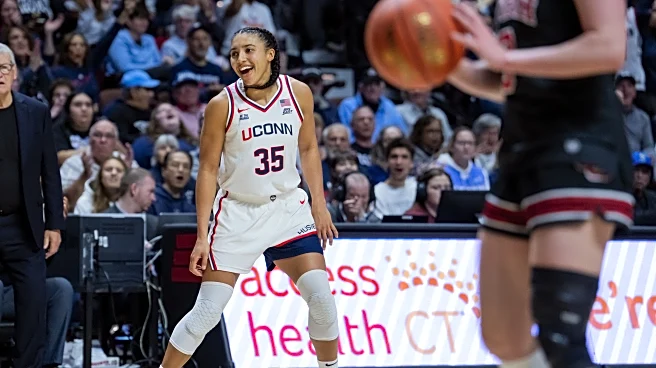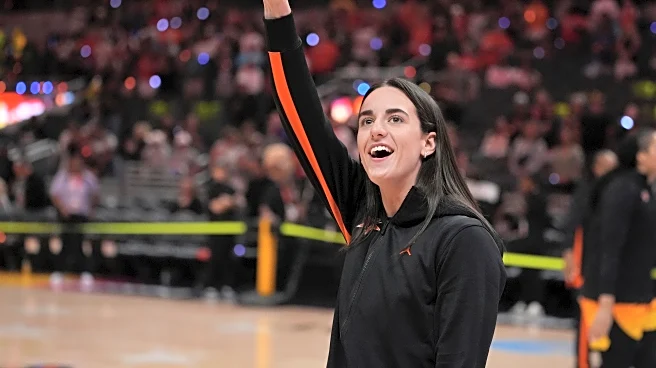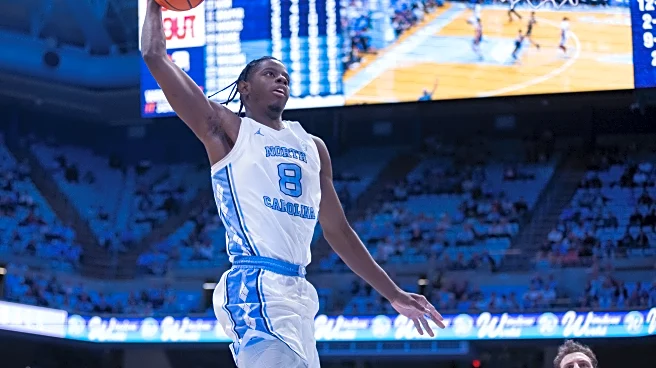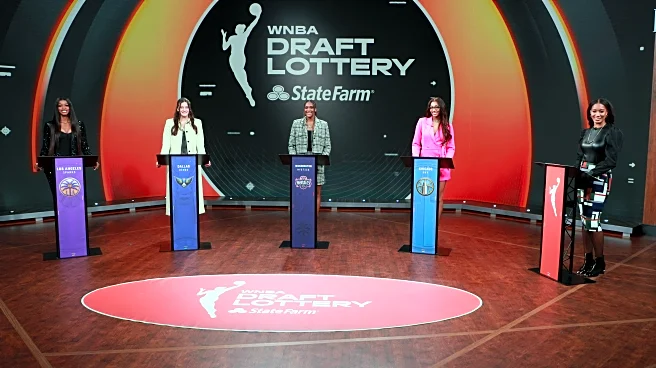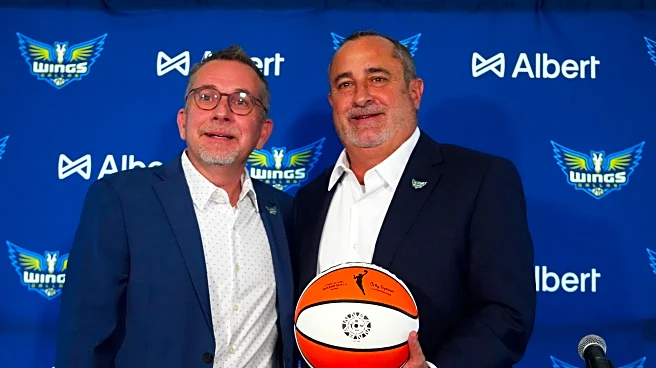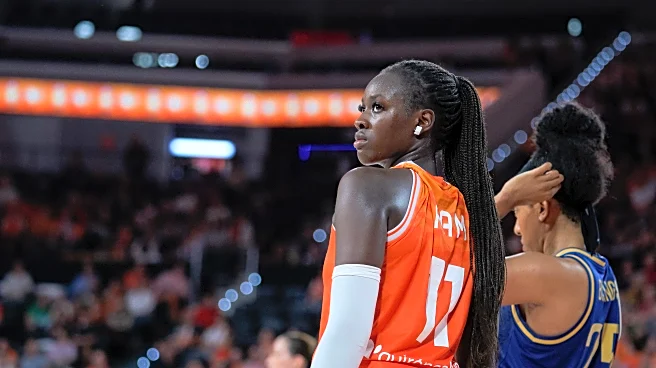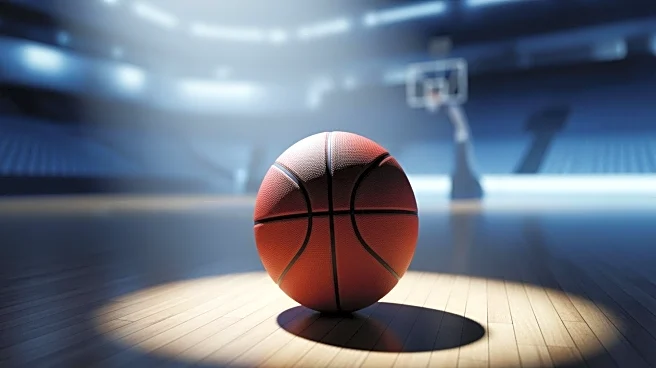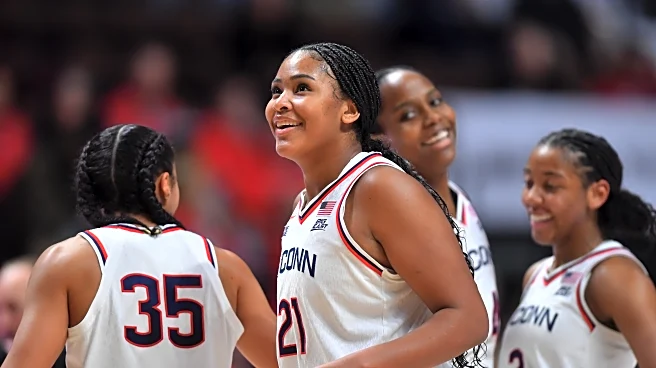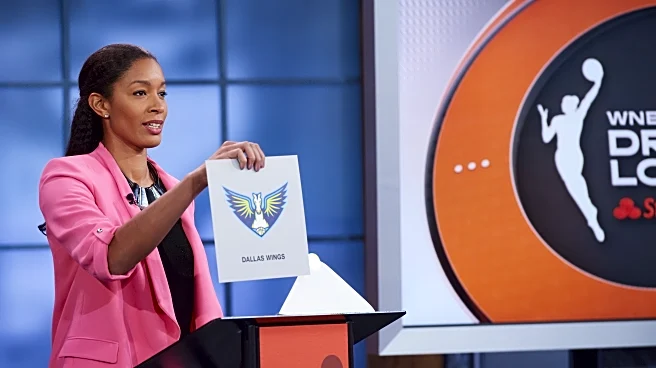With the 2026 WNBA Draft order now finalized, five teams find themselves in position to add key pieces to their rosters. Unlike last year’s draft, which featured a clear-cut top prospect, this class offers a more diverse pool of talent that could address specific team needs.
Here’s how each lottery team can maximize their selection:
No. 1 Dallas Wings: Awa Fam (Valencia)

The Dallas Wings’ selection of Paige Bueckers last year was the easy choice. This year, with the first pick again, Dallas faces a more nuanced decision—but Awa Fam represents
the perfect complement to their newly formed core.
Fam’s versatility as a big solves a critical problem that emerged during Bueckers’ rookie season. When defenses committed to stopping Bueckers, the Wings lacked a reliable playmaker in the frontcourt who could punish aggressive schemes. Fam excels in precisely this role. Her ability to operate as a screen-and-roll partner who can both finish efficiently at the rim and make high-level passing reads out of the short roll would open up the offense considerably.
For a 19 year old, being as great of a processor at her position is incredibly valuable. Contrary to some notions, this type of decision making is not easily replaceable or found, especially not at this age. Her combination of length and agility gives her a higher ceiling than any player in this draft. Her screening ability would create easier looks for Bueckers, while her passing instincts make her a hub for offensive action.
I’m concerned about what she’ll become defensively. The shotblocking and defensive rebounding aren’t good so she’ll likely be limited to playing power forward in the league. She can possibly play small-ball center in certain lineups, if she commits to rebounding. Nonetheless, general manager Curt Miller has emphasized improving Dallas’ defense, and while Fam isn’t a defensive anchor yet, her mobility represents a massive upgrade over the big rotation that plagued the Wings the last two years.
Pairing Fam with Bueckers gives Dallas a foundation to build around for the next decade.
No. 2 Minnesota Lynx: Olivia Miles (TCU), Lauren Betts (UCLA) or Flau’Jae Johnson (LSU)

The Minnesota Lynx find themselves at a fascinating crossroads. Despite their veteran talent and deep playoff runs, Minnesota has lacked dynamism at the guard position—something that became evident in the playoffs yet again where their offense stalled out, largely due to predictability and the lack of static, self-creation
Olivia Miles addresses one of these needs most directly. Her elite passing ability and creative decision-making in pick-and-roll situations would add an unpredictable element to Minnesota’s offense. Miles can make reads that few guards in basketball—professional or collegiate—can envision, and pairing her with Napheesa Collier would create devastating two-person game opportunities.
Lauren Betts presents an intriguing alternative. The Lynx have struggled with defensive rebounding despite having the last two Defensive Player of the Year winners, and Betts’ presence would immediately shore up that weakness. More interestingly, adding Betts could allow Minnesota to move Collier to small forward, a position she hasn’t played extensively, but where she could become a matchup nightmare if the 3-point shooting continues to be scorching hot on good volume. Few teams have an answer for a 6-foot-1 forward with Collier’s skill set operating on the wing.
Flau’Jae Johnson might be the most compelling option. The electric LSU guard would break the mold of redundancy that sometimes creeps into Minnesota’s offense. As teams increasingly play analytically sound defense—taking away comfortable 3s and rim looks—having a self-creator who operates differently from your existing pieces becomes invaluable. Johnson’s shot profile and creation ability would give the Lynx a late-game option when defenses scheme to take away preferred looks from Collier and McBride.
No. 3 Seattle Storm: Azzi Fudd (UConn)

The Seattl Storm’s selection is straightforward: They need shooting, and Azzi Fudd is the best pure shooter in this class.
Fudd’s 42 percent career 3-point shooting on six attempts per game speaks for itself, but what makes her perfect for Seattle is the opportunity she’d have under new leadership. Fudd will walk into the WNBA and become a top-five shooter overnight. The Storm can deploy her initially as a catch-and-shoot weapon while gradually giving her on-ball opportunities to expand her game.
With Seattle’s young core still developing, Fudd wouldn’t face the pressure of being the primary offensive engine immediately. This environment could allow her to grow into a more complete player while providing the floor spacing the Storm desperately need. Her point-of-attack defense is already solid, meaning she won’t be a liability on that end while she develops offensive versatility.
No. 4 Washington Mystics: Azzi Fudd (UConn), Flau’Jae Johnson (LSU), or Kiki Rice (UCLA)

The Washington Mystics’ draft strategy depends heavily on what happens ahead of them. If Fudd falls to fourth—unlikely but possible—she’d be a great choice given the Mystics’ shooting needs and competitive timeline.
Washington could also choose between Flau’Jae Johnson and potentially Kiki Rice at their second selection at No. 8 if they feel they need a dynamic guard now instead of waiting to strike gold in the 2027 draft class. Johnson’s dynamic scoring and self-creation ability would add a dimension the Mystics currently lack, giving them another option to generate offense in difficult possessions.
Rice represents an all-around guard who is also a good point-of-attack defender like Johnson and can get to the rim with ease. Though her finishing numbers suggest she might need better spacing to maximize her effectiveness, we saw what an excellent slasher like Brittney Sykes did for Sonia Citron and Kiki Iriafen by simply collapsing the defense. Rice’s game could really compliment Washington’s existing core.
No. 5 Chicago Sky: Flau’Jae Johnson (LSU) or Ta’Niya Latson (South Carolina)

The Chicago Sky face a critical juncture with minimal draft capital this year and next. Building around Angel Reese and Kamilla Cardoso requires guards who can create advantages in limited spacing—and this class offers two intriguing options.
Ta’Niya Latson is an explosive athlete whose ability to get downhill would be invaluable if Chicago commits to a physical, rebounding-dominant style. Her burst and free-throw rate could put pressure on defenses even when the floor isn’t optimally spaced. Flau’Jae Johnson offers similar downhill creation with more versatility. Both guards can navigate tight spaces and finish through contact, essential skills for playing alongside two dominant bigs. The difference is Flau’Jae is an elite guard defender.
If Chicago fully embraces a style premised on winning the rebounding battle and thus dominating the possession margin, they can overcome a lack of shooting and efficiency. They’ll need a guard who can punish aggressive defensive schemes by attacking the rim and getting to the free throw line.
Latson and Johnson are the best equipped in this class to fulfill that role. Latson has more downhill juice and thus a higher free throw rate, but Johnston is a great outside shooter who could also provide some off-ball impact in a more dynamic environment. Both players are a sensible selection for a Sky team looking to establish their identity around their young frontcourt foundation.
